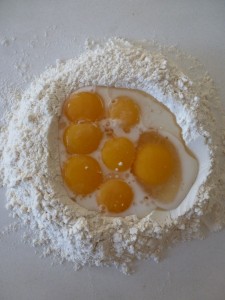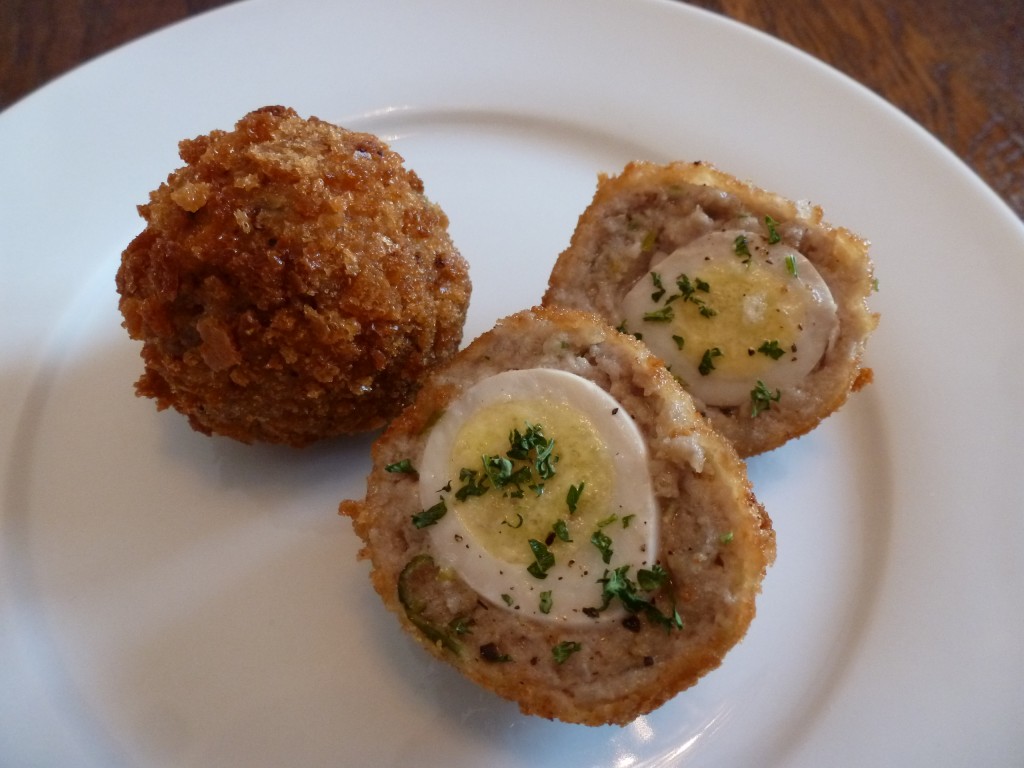Devilled eggs: no dish so readily conjures summers on the back deck, picnics, barbecues, church basements, impromptu patio gatherings…
As discussed in my poetically titled Simmering Eggs in their Shell post, old eggs are the only eggs that will peel easily. They are ideal for devilled eggs.
My personal recipe for devilled eggs follows, a little more complex than the standard mustard, paprika, and white vinegar. Mighty tasty with a beer or cider.
Devilled Eggs
Ingredients
- 6 large eggs – preferably eggs that have been in your fridge for a couple weeks
- water for boiling those eggs
- 1/4 cup mayonnaise
- 1 tsp hot mustard
- 2 tsp sweet paprika
- 1/2 tsp celery salt
- 1/4 tsp smoked hot paprika
- 1/4 tsp black










